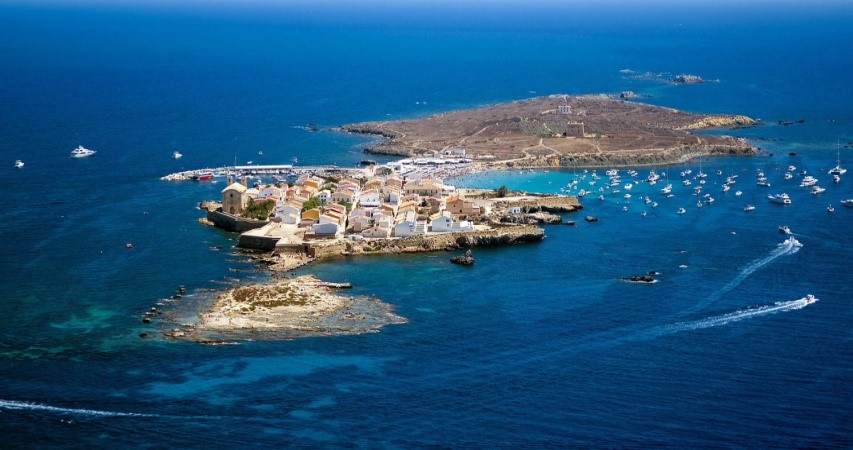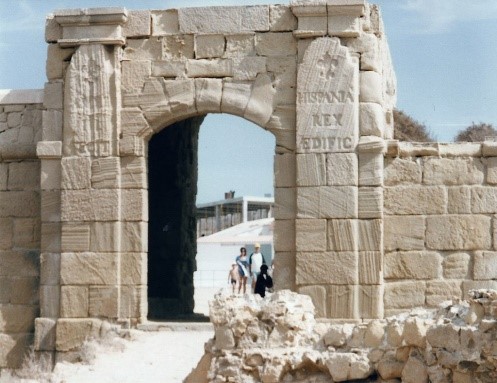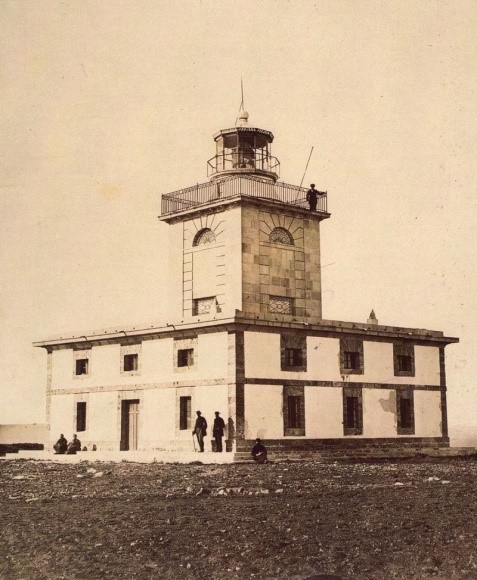¿Qué hacer en Tabarca?

La isla Tabarca tiene una superficie total de 30 ha, con una longitud máxima de 1800 m de NO a SE y una anchura máxima de 450 m. Presenta un importante estrechamiento en su tercio oeste, donde se sitúan el puerto y las dos playas. Su relieve tiende al plano, con una altitud máxima de 15 metros. Cerca de la isla principal se encuentran los islotes de la Nao (Nau), la Galera y la Cantera. Otros peñascos más pequeños rodean la isla: l’Escull Roig, la Sabata, l’Escull Negre y Cap del Moro. Toda la costa es accidentada y en la parte sur de litoral isleño está la cueva de Llop Marí. Carece de arbolado y la vegetación es escasa. La ciudad se encuentra en la parte oeste de la isla, geográficamente una pequeña península de la misma. En la parte este solamente se encuentran una antigua casa-cuartel de la Guardia Civil que cumplía misiones de radiotelegrafistas, la torre de San José, el faro, el cementerio y unos campos de cultivo.
Podrán disfrutar de las calas y playas de aguas transparentes, con la posibilidad de degustar el tradicional “Caldero”, así como su gran oferta gastronómica.
Se recomienda pasear por el núcleo urbano, visitar el museo de la isla y maravillosos fondos marinos.
Alojarse en la propia isla en los apartamentos, casas, hostales y hoteles que existen en la misma.
La totalidad de la isla fue declarada Conjunto Histórico-Artístico el 27 de agosto de 1964.


